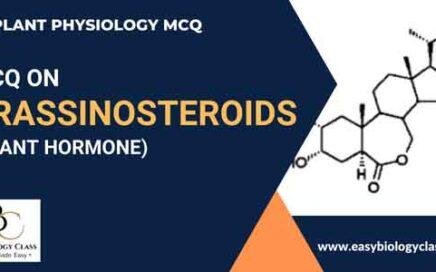
CSIR UGC NET JRF Solved Question Papers: Life Sciences (2020 November Shift-1)
Original / Official Solved Question Paper of NTA CSIR JRF NET Life Sciences (Junior Research Fellowship / National Eligibility Test) Examination November 2020 (Shift-1) with […]








